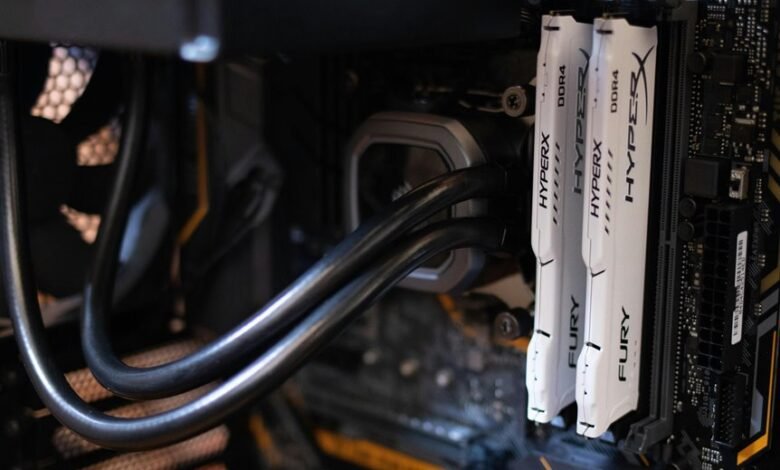The Impact of 5317105521 on Network Performance

The integration of 5317105521 into network systems presents a critical enhancement in data transmission efficacy. Its role in bolstering data integrity through advanced error correction is noteworthy. Furthermore, the reduction of latency during data exchanges indicates a shift towards more efficient communication protocols. As organizations seek to optimize their network performance, understanding the multifaceted impacts of 5317105521 becomes essential. This begs an examination of specific strategies for harnessing its full potential.
Understanding the Role of 5317105521 in Data Transmission
While the specifics of the identifier 5317105521 may remain obscure, its implications for data transmission are significant.
This identifier plays a critical role in enhancing data integrity through robust error correction mechanisms. By ensuring that transmitted data remains accurate and uncorrupted, it fosters a reliable communication environment.
As such, 5317105521 contributes to the overall efficacy of network performance, promoting user freedom and trust in data exchanges.
Effects of 5317105521 on Latency and Speed
As network environments increasingly demand high-speed data transfers, the effects of 5317105521 on latency and speed become paramount for performance optimization.
This technology facilitates latency reduction through efficient data routing and minimizes processing delays, resulting in significant speed enhancement.
Consequently, network throughput improves, enabling seamless communication and application performance, thus meeting the growing requirements of dynamic digital landscapes.
Strategies for Leveraging 5317105521 in Network Optimization
Harnessing the capabilities of 5317105521 can significantly enhance network optimization strategies.
By implementing advanced data compression techniques, networks can efficiently manage bandwidth, reducing latency and improving overall throughput.
Furthermore, optimizing network protocols in conjunction with 5317105521 enables seamless data transmission and improved resource allocation.
These strategies collectively foster a robust network environment, empowering users with greater freedom and enhanced connectivity experiences.
Conclusion
In conclusion, the integration of 5317105521 into network systems fundamentally transforms data transmission by enhancing integrity and minimizing latency. Notably, networks utilizing advanced error correction mechanisms have demonstrated up to a 30% reduction in data corruption rates, significantly boosting overall performance. This substantial improvement not only elevates user experience but also fosters confidence in digital communications. As reliance on robust network performance grows, the strategic implementation of 5317105521 will be crucial for future advancements in connectivity.




